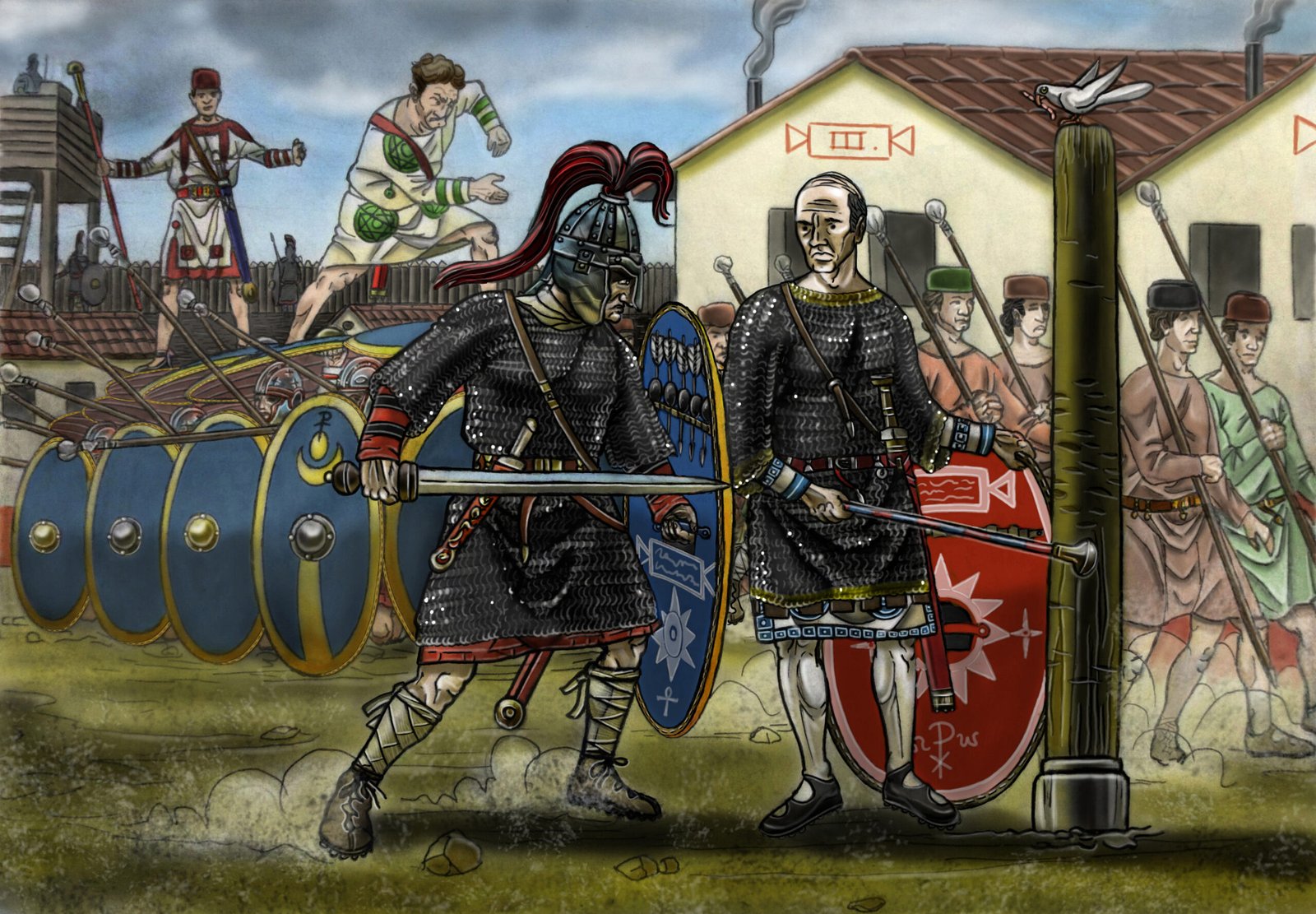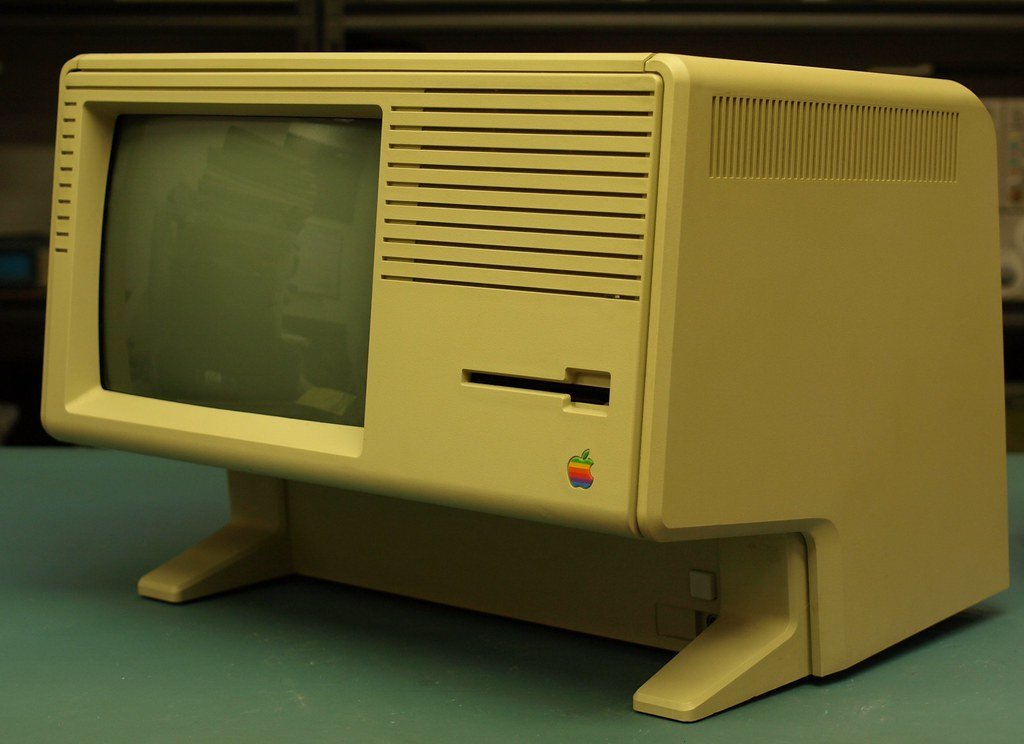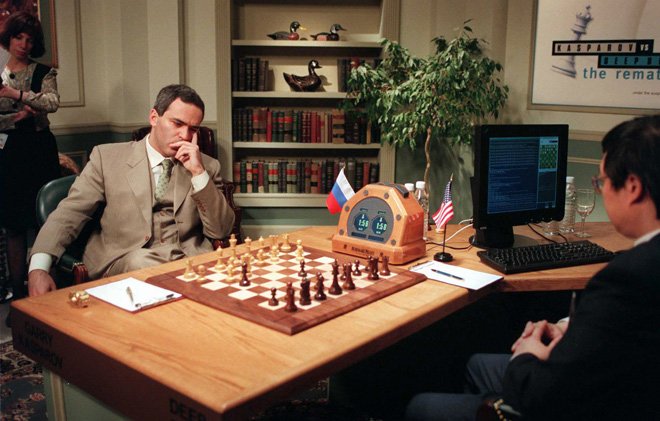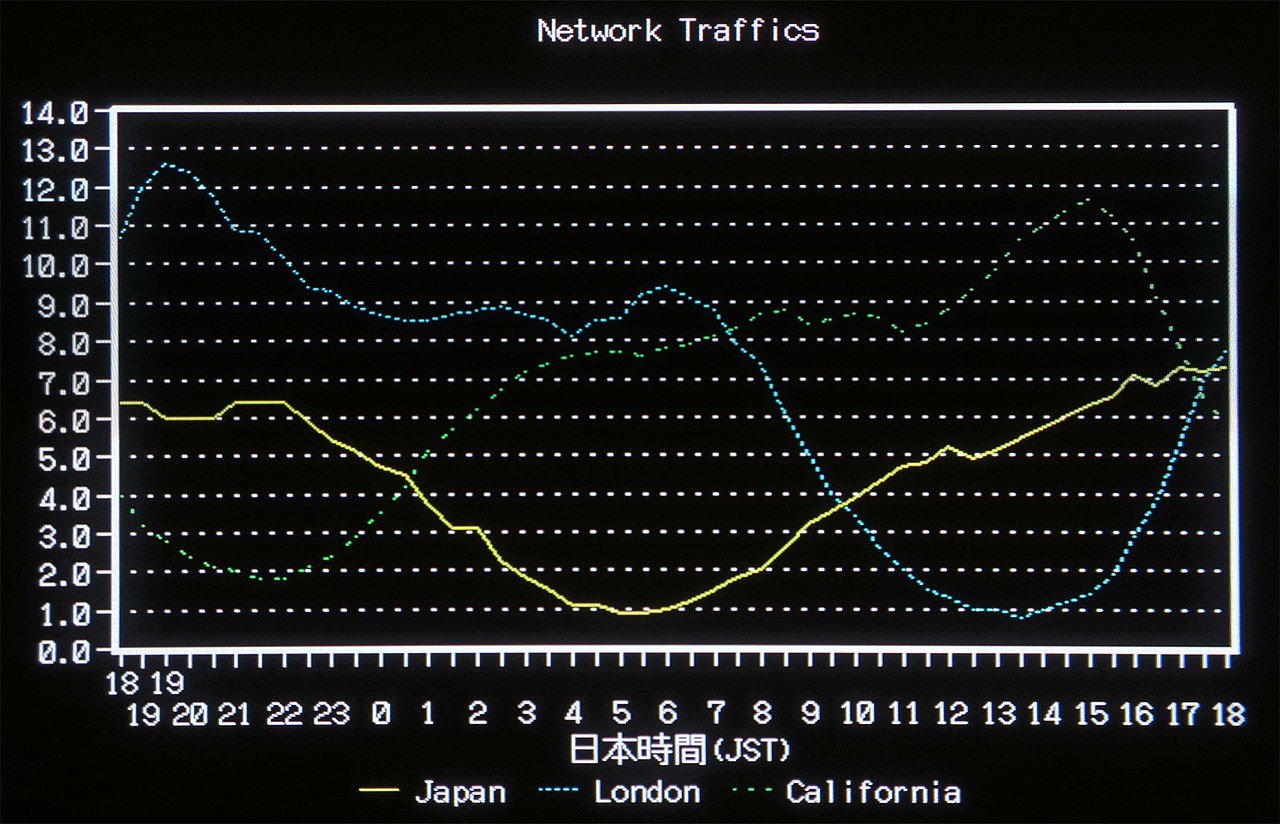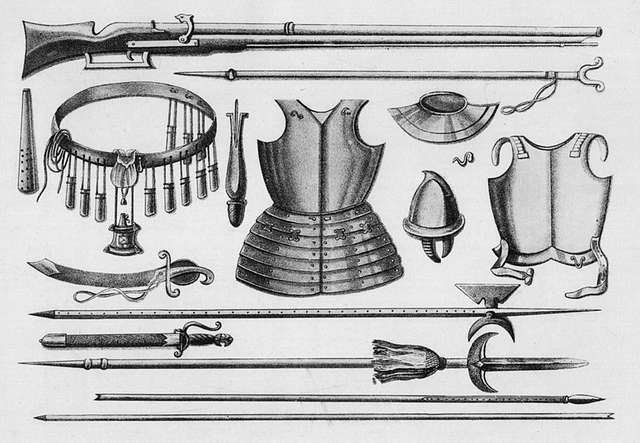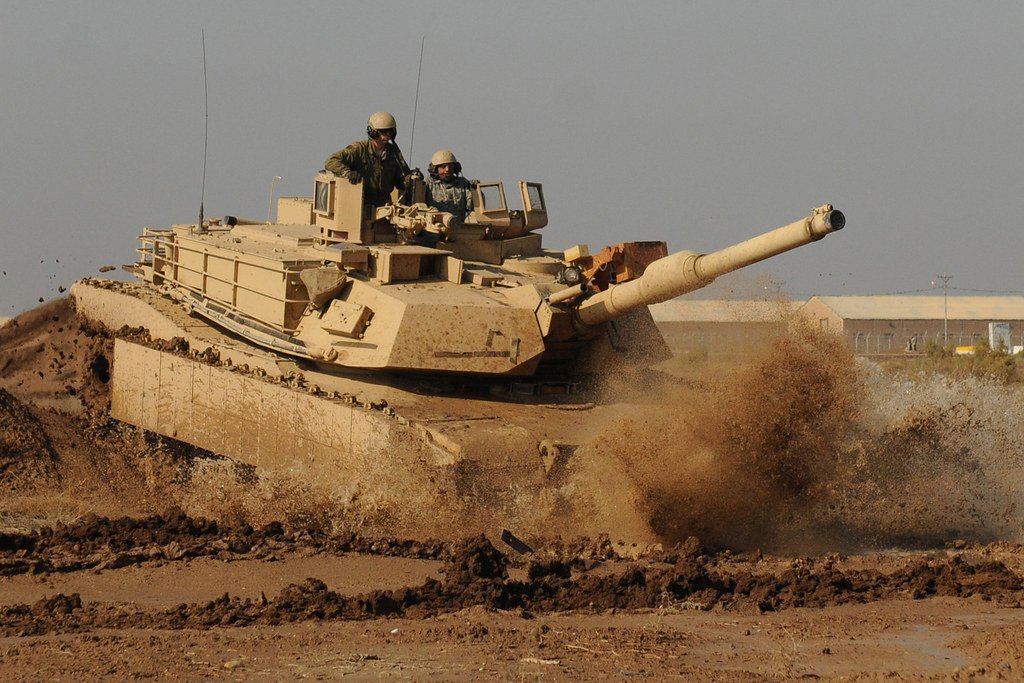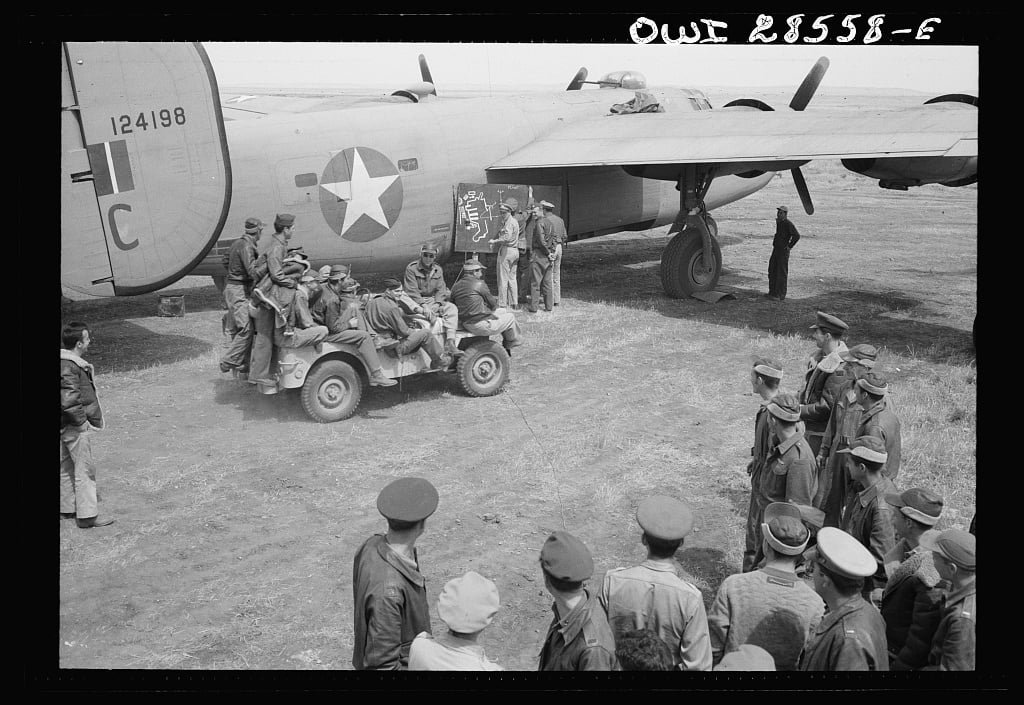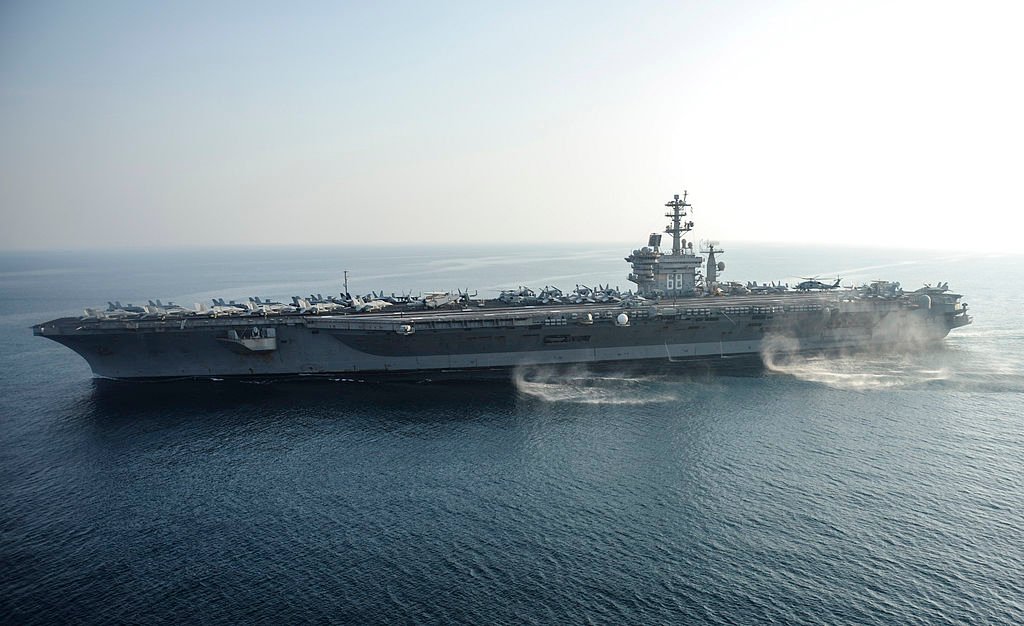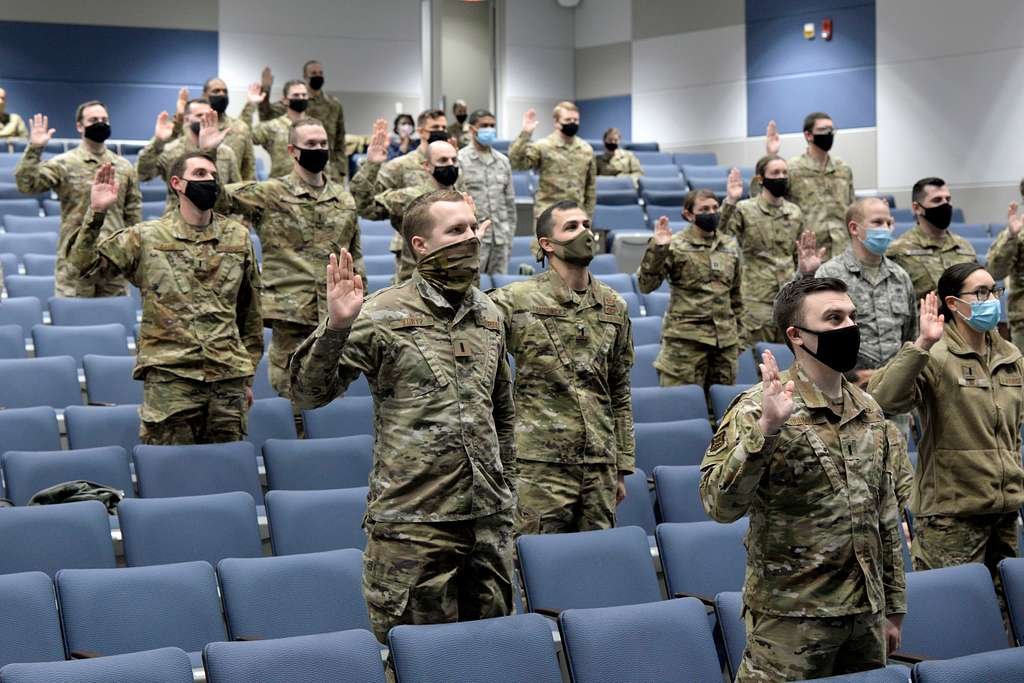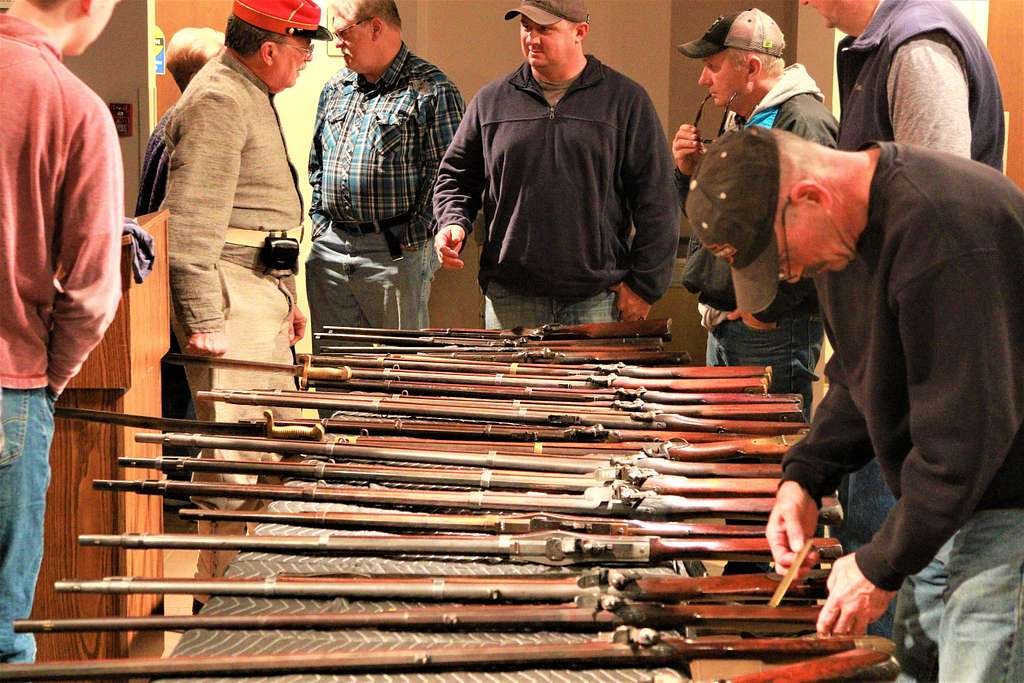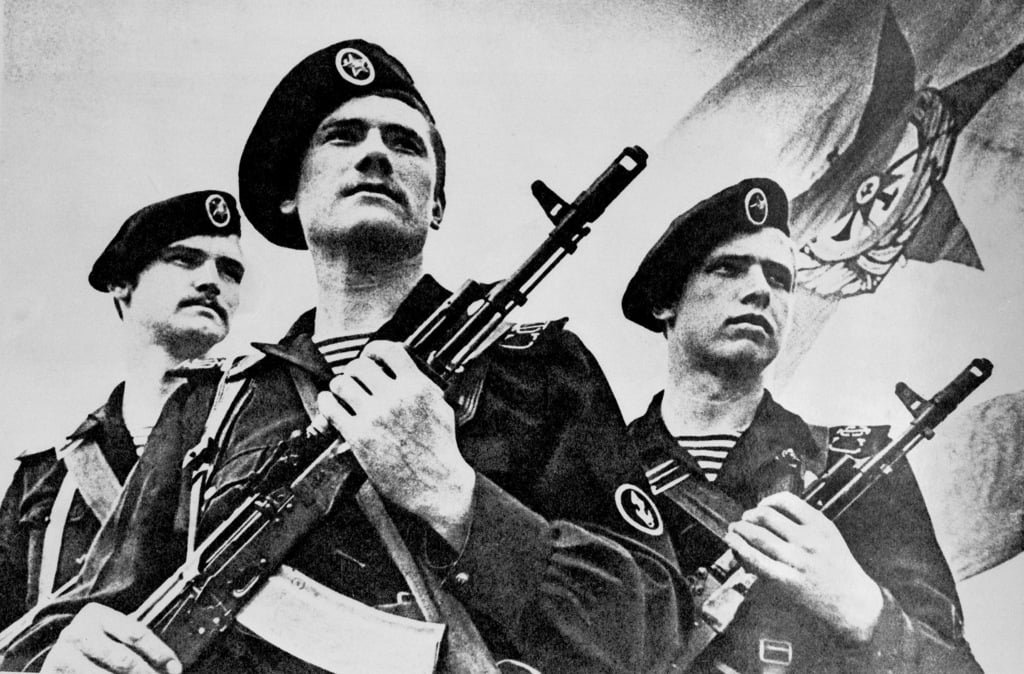Throughout the annals of history, weapons have held a pivotal role in shaping the destiny of civilizations, defining eras, and leaving indelible imprints on the pages of time. Among these formidable tools of power and destruction, some have achieved legendary status, becoming icons of historical significance. In this comprehensive exploration, we delve deep into the annals of history to uncover the most historical weapon ever to exist.
Table of Contents
What is the most ancient weapon?
The most ancient weapons date back to prehistoric times, and they include rudimentary tools used for hunting and defense. Some of the earliest weapons used by early humans and our hominid ancestors were:
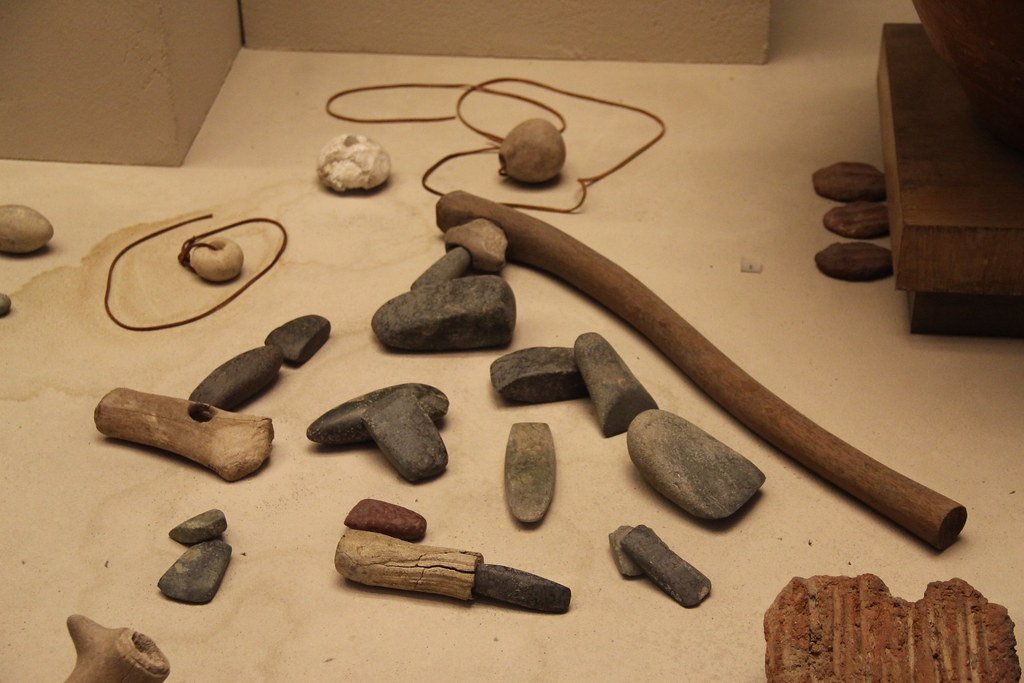
1. Stone Tools
These include simple stone knives, hand axes, and spearheads, which were used for cutting, hunting, and protection.
2. Wooden Clubs
Wooden clubs and staff were used as melee weapons for self-defense and hunting.
3. Spears
Early humans crafted wooden spears with sharpened stone or bone tips for hunting and defense.
4. Slingshots
Slingshots, made from leather or plant fibers, were used for throwing stones or small projectiles at prey or potential threats.
5. Bows and Arrows
The invention of bows and arrows marked a significant advancement in hunting and warfare, allowing for more accurate and long-range attacks.
These early weapons were crucial for survival and played a pivotal role in the development of human societies. Over time, these primitive tools evolved into more sophisticated and deadly weapons as humans honed their craftsmanship and innovation.
What is history’s most powerful weapon?
Determining history’s most powerful weapon is subjective and can depend on various factors, including the context in which the weapon was used and its impact on society and warfare. Some contenders for history’s most powerful weapon include:

1. Nuclear Weapons
The atomic bombs dropped on Hiroshima and Nagasaki during World War II demonstrated unprecedented destructive power and forever changed the nature of warfare.
2. Firearms
The widespread use of firearms, particularly during the European colonial era, reshaped global conflicts and military strategies.
3. The Internet
In the modern era, the Internet has become a powerful tool for information warfare, espionage, and influencing global events.
4. Ideas and Philosophy
Concepts and ideologies, such as those espoused by leaders like Mahatma Gandhi and Martin Luther King Jr., have had a profound impact on societal change and justice.
5. Economic and Industrial Power
Economic and industrial capabilities have often determined the outcomes of wars and conflicts, with nations possessing superior industrial capacity gaining an advantage.
Ultimately, the power of a weapon lies not only in its destructive capability but also in its ability to shape the course of history and influence human events. Each of these contenders has left an indelible mark on the world in its way.
What was the most common weapon in history?
Throughout history, the most common weapon has varied depending on the period, region, and technological advancements. However, one of the most widespread and enduring weapons in history is the spear.
The spear was a versatile and effective weapon used by ancient civilizations across the world. It was relatively easy to manufacture, making it accessible to a wide range of cultures and societies. Spears were used for hunting, self-defense, and as primary weapons in warfare. Their design evolved with innovations such as the addition of metal tips for increased durability and lethality.
The simplicity and effectiveness of the spear ensured its longevity as a standard weapon throughout history. It played a significant role in the hands of infantry soldiers in various ancient armies, and it continued to be used even as more advanced weapons like firearms became prevalent.
Which is the No 1 weapon in the world?
It’s challenging to pinpoint a single “No. 1 weapon” in the world because the effectiveness and importance of weapons depend on the context in which they are used. Different weapons excel in various scenarios, and their significance can vary based on military strategy, technological advancements, and geopolitical factors. Additionally, the term “No. 1 weapon” is subjective and may have different interpretations.
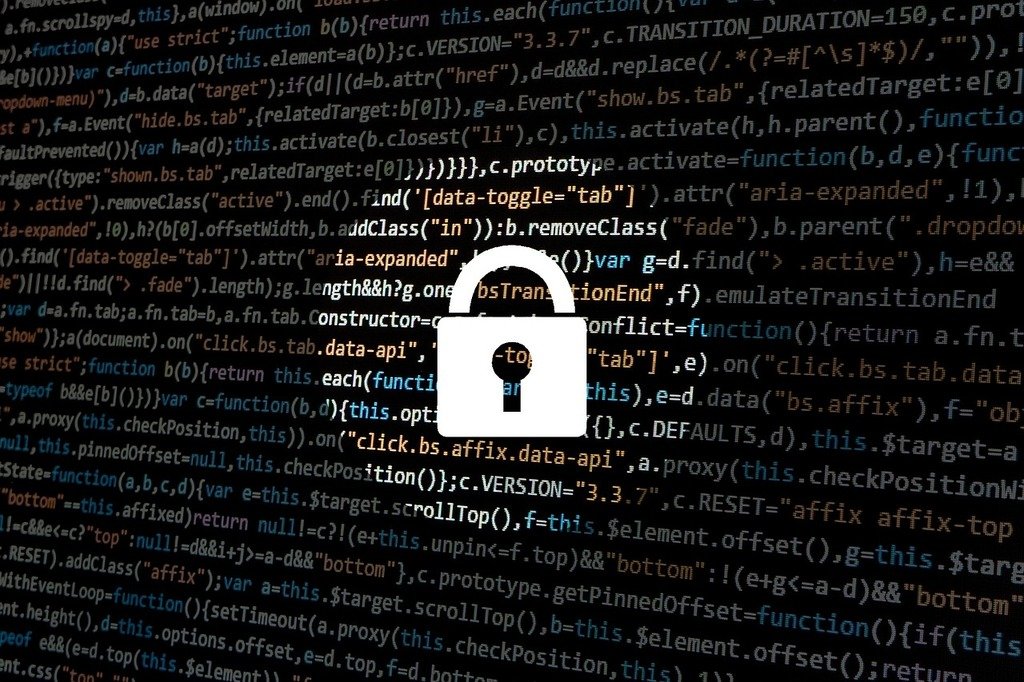
That said, one of the most powerful and influential weapons in the modern world include:
1. Nuclear Weapons
Nuclear arms possess unparalleled destructive power and have played a pivotal role in global security and deterrence.
2. Firearms
Firearms, including assault rifles and handguns, are widespread and influential due to their use in military conflicts, law enforcement, and personal defense.
3. Cyber Weapons
In the digital age, cyber weapons, such as malware and hacking tools, have become essential tools for espionage, cyber warfare, and influencing global events.
4. Drones
Unmanned Aerial Vehicles (UAVs) have transformed modern warfare, providing intelligence, surveillance, reconnaissance, and precision strike capabilities.
5. Information and Disinformation
The manipulation of information and disinformation campaigns can be powerful tools for influencing public opinion and shaping global events.
The Sword of Kings
The Sword of Kings, throughout history, has transcended its role as a mere weapon, evolving into a symbol of authority, honor, and chivalry. Dating back millennia, these iconic blades have left an indelible mark on human civilization. From the mythical Excalibur, which represented King Arthur’s divine right to rule, to the legendary Katana of the samurai, a symbol of honor and mastery, these swords embodied the values and ideals of their respective cultures. They were not just instruments of warfare; they were revered artifacts that resonated with the essence of leadership, courage, and nobility, leaving a profound and enduring legacy in the annals of history.
The Longbow – Agincourt’s Triumph
The English longbow played a defining role in the historic Battle of Agincourt in 1415. English archers, highly skilled in the use of this powerful weapon, unleashed a torrent of arrows upon the French forces. This deadly long-range assault was instrumental in securing an unexpected English victory against overwhelming odds. The longbow’s exceptional range, accuracy, and rapid rate of fire created chaos on the battlefield, underscoring the importance of skill and strategy over mere numbers. The enduring legacy of the longbow was a profound influence on future military tactics, emphasizing the significance of technology and tactics in shaping the outcomes of battles.
The Firearm Revolution
The Firearm Revolution was a watershed moment in the history of warfare. It witnessed the evolution of weaponry from rudimentary hand cannons to sophisticated muskets, forever altering the course of history. These firearms democratized warfare, reshaping armies and battlefields. Gone were the days when physical strength and close combat prowess were paramount. With the introduction of firearms, battles became more lethal and strategically intricate. Muskets, with their deadly accuracy and range, rendered traditional forms of warfare obsolete. This transformative shift not only altered tactics but also played a significant role in shaping the course of history itself.
The Atomic Bomb – Hiroshima’s Shadow
The atomic bomb, a creation born of the Manhattan Project, stands as one of the most explosive weapons in history. Its dreadful debut over Hiroshima on August 6, 1945, reshaped the global landscape. The searing flash of light and the unimaginable force that followed brought World War II to a tumultuous end, but it also ushered in an era of apprehension. Humanity had harnessed the power to unleash unparalleled destruction. The nuclear age that ensued was fraught with geopolitical tensions, arms races, and the ever-present specter of mutually assured destruction. The atomic bomb, with its potential for destruction on a global scale, became a stark reminder of both scientific achievement and the dire consequences of unchecked power.
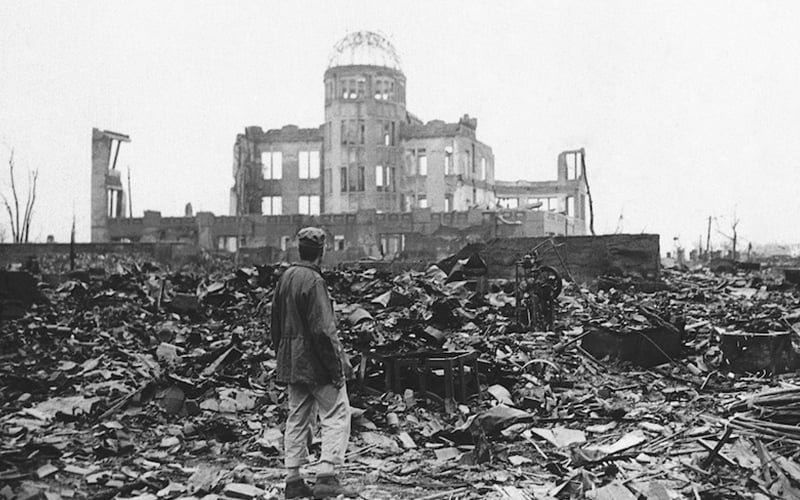
The Pen – Words as Weapons
Within the domain of historical weaponry, the power of words written on paper or spoken from podiums proved to be as formidable as any physical armament. These eloquent weapons, like the speeches of Martin Luther King Jr. and the writings of Nelson Mandela, possessed the capacity to transcend their physical forms. They became catalysts for profound societal transformations and the pursuit of justice. Through these influential figures and their words, we witness the incredible might of the pen as it rewrote the narrative of history, dismantling injustice and shaping the path toward equality and human rights. The impact of these words reverberates through time, reminding us that ideas can be potent instruments of change.
The Internet – The Information Battlefield
In the digital age, the Internet serves as a formidable battleground where information is the ultimate weapon. Its transformative power impacts modern warfare, politics, society, and global conflicts. The internet redefines action by enabling cyberattacks that can disrupt nations and sway public opinion. It reshapes politics and diplomacy through disinformation campaigns. This information battlefield wields immense influence, emphasizing the critical role of controlling and disseminating information in our interconnected world.
The Dagger of Intrigue: Shaping the Shadows
Espionage, the clandestine world of spies, has played an indispensable role throughout history. In this chapter, we peel back the layers of secrecy to unveil the secrets of espionage, from the enigmatic allure of figures like Mata Hari, whose seductive espionage tactics captivated nations during World War I. To the cloak-and-dagger Cold War era, espionage remained the silent weapon that shaped world events. These hidden operatives, often working in the shadows, manipulated information, uncovered secrets, and altered the course of history through covert means. Their stories are a testament to the enduring power of intrigue and espionage in the annals of human conflict.
The Sword of Resistance
The Sword of Resistance represents a potent symbol of nonviolent struggle for freedom and justice. It encapsulates the essence of iconic weapons like Gandhi’s staff and the Hong Kong umbrella, which transcended their physical forms to become powerful emblems of peaceful resistance. Gandhi’s simple staff, a humble instrument, spoke volumes about his commitment to nonviolence and civil disobedience.
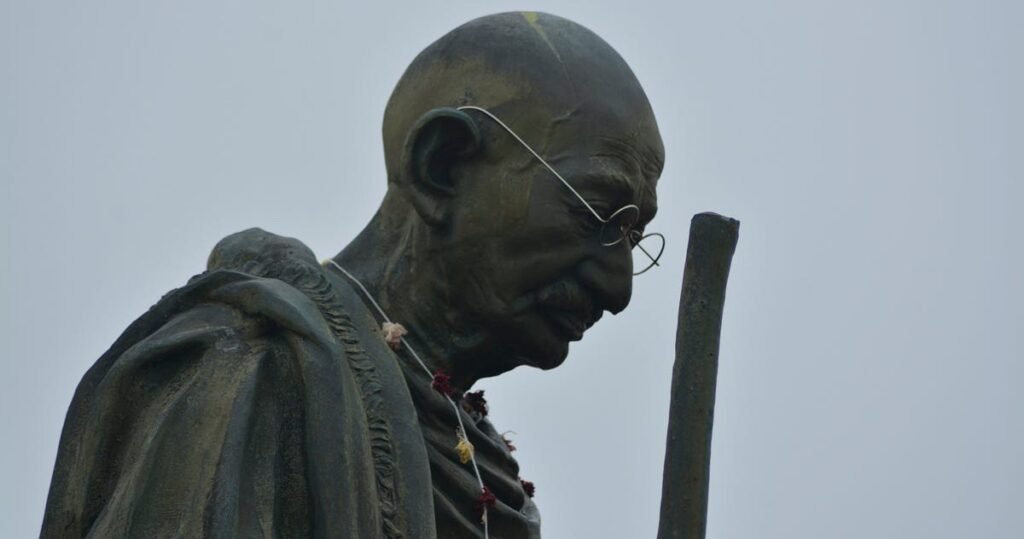
Similarly, the Hong Kong umbrella protests demonstrated the resilience of ordinary people using everyday items as shields against oppression. Nonviolence, exemplified by these symbols, reshaped societies and served as a compelling force for change.
The Cultural Weapon – Art and Music
The realm of art and music transcends mere aesthetics; it wields the power to inspire change and challenge societal norms. Throughout history, artists and musicians have harnessed their creative talents as cultural weapons to unite humanity and champion essential causes. Paintings, sculptures, and musical compositions have served as rallying cries for social justice, expressions of cultural identity, and calls for unity in times of division. From Picasso’s “Guernica” depicting the horrors of war to Bob Dylan’s protest songs against injustice, culture became a formidable weapon for global unity, illustrating how the arts can both reflect and shape the course of history.
The legacy of historical weapons is a profound testament to the enduring impact of human innovation, conflict, and evolution. These weapons, whether they were wielded on battlefields, through the written word, or within the realms of art and culture, have left an indelible mark on our shared history. Their legacy serves as a reminder of the dynamic interplay between power and transformation, as these icons of historical significance continue to influence our world. They are not mere artifacts; they are timeless symbols of the human spirit’s capacity to shape destinies, challenge norms, and forge paths toward a better future.

